On a recent trip across NSW and Queensland I was fascinated with all the opals and wanted to know more about how they are formed. Opal is our official national gemstone and even though opals are found around the world, 95% of the world’s precious opal is found in Australia.
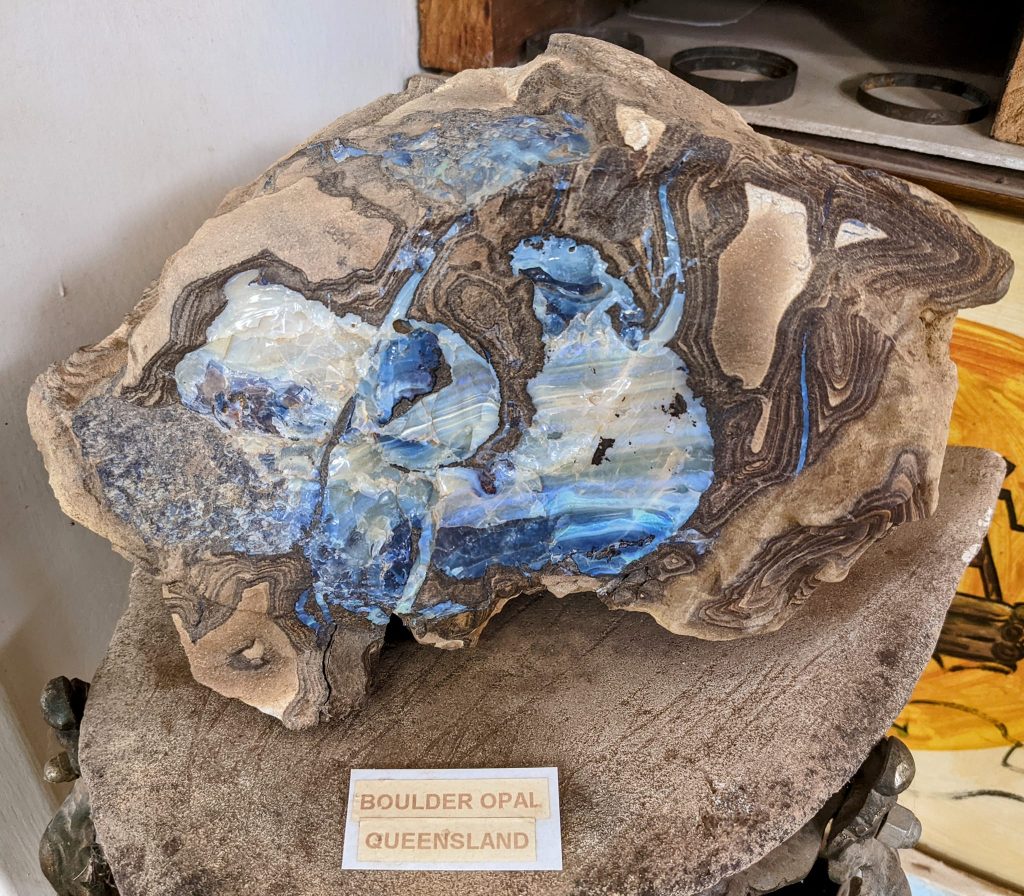
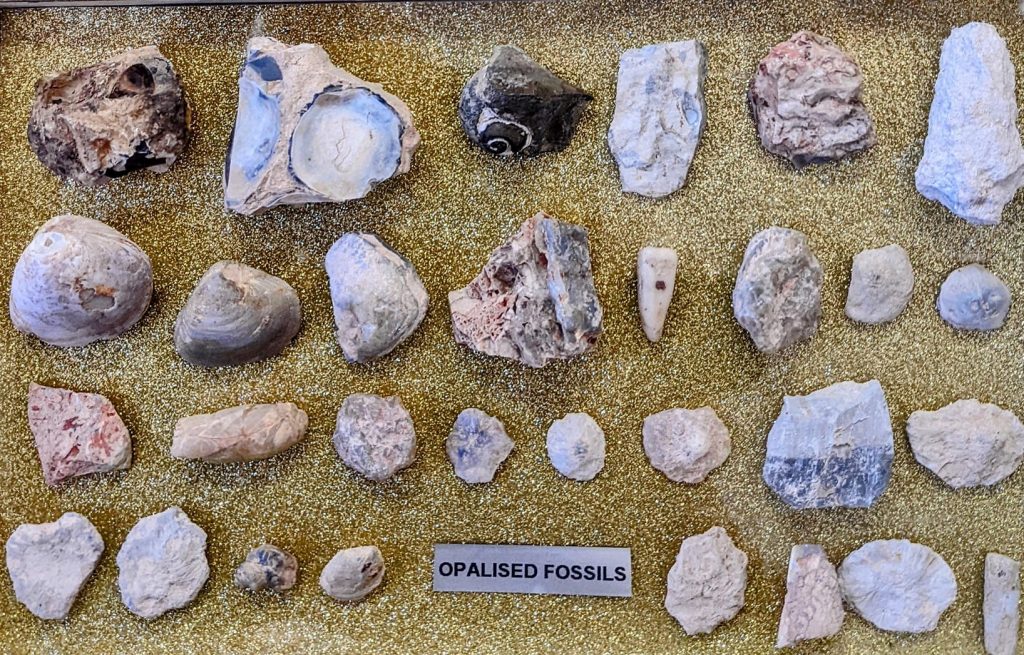
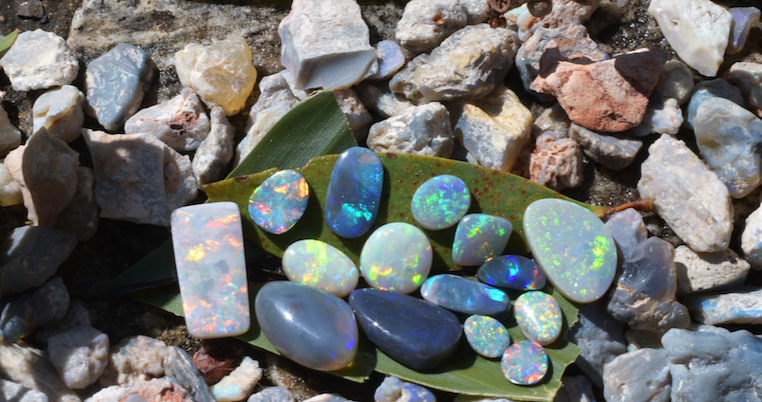
The word ‘opal’ is adapted from the Greek word, ‘opallios’, meaning “to see a change in color”. The Greeks thought opal gave power of foresight and prophecy, while the Romans saw opal as a symbol of purity and hope.
Opal is formed from a solution of silicon dioxide and water. Water picks up silica from sandstone and carries this silica-rich solution into cracks and voids caused by natural faults or decomposing fossils. As the water evaporates, it leaves behind a silica deposit.
The major outcrops of opal in Australia occur along the shoreline of what was once Eromanga Sea. Famous opal mining areas in Australian include White Cliffs, Lightning Ridge, Coober Pedy, Andamooka, Quilpie and Winton.
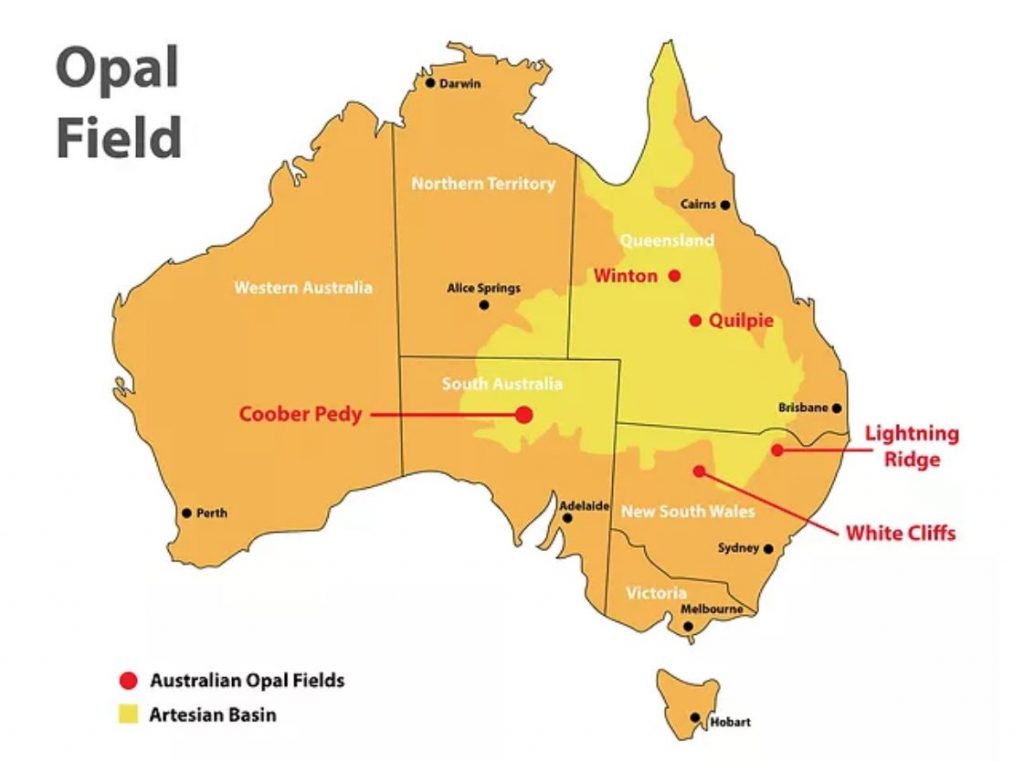
Opal is a hydrated amorphous silica (SiO2·nH2O), with up to 10% water. On Moh’s scale of hardness, opal is 6. As a comparison, Diamonds rate at 10, sapphires rate at 9, pearls rate at 3. Once the water evaporates, a silica gel remains and then hardened over the course of millions of years. It takes approximately 5 million years to solidify just one centimetre of opal.
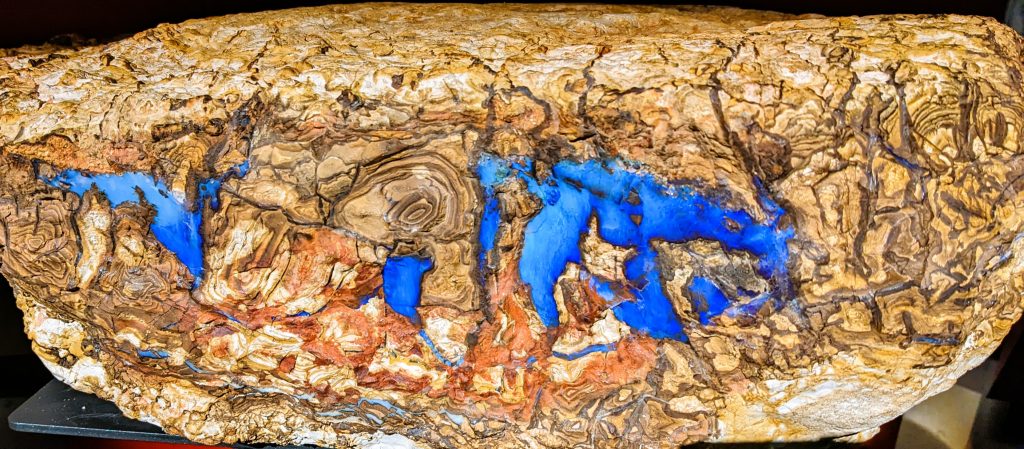
Each Australian Opal is unique with changing colour. The iridescent colours usually change as the stone is tilted. This is known as the ‘Play-of-colour’ which is caused by diffraction and interference of light. Precious opal consists of regular arrays of tiny spheres of silica and this play-of-colour depends on the uniformity of size and arrangement of these spheres. Larger spheres produce red colour and the smallest sized spheres produce purple colours.

